Mitsubishi Magna 1991-1996 Haynes Service Repair Manual
|
Get other Mitsubishi repair manuals here Mitsubishi Magna 1991 - 1996 Haynes Owners Service Repair Manual covers: TR TS Series Mitsubishi Magna sedan and station wagons with manual or automatic transmission.Engines covered: 2.6 litre (2555cc) Astron in-line OHC 4-cylinder petrol 3.0 litre 6G72 OHC V6 petrolInside this manual you will find: Routine Maintenance, tune-up procedures, engine repair, cooling and heating, air-conditioning, fuel and exhaust, emissions control, ignition, brakes, suspension and steering, electrical systems and wiring diagrams.Haynes repair manuals can save you money on maintenance and repair bills. Step-by-step procedures and illustrations guide you through every job, from basic maintenance and troubleshooting, to complete teardown rebuild. Information on Repair and Service Manuals Note that repair manuals are normally produced for models sold in a particular country. Differences in specification can exist between models sold in different countries and items such as installed engines can differ. Please check that the manual will cover your model before purchase and if you need more detail please contact us here. . |
MMAL made the Magna/Verada at their Clovelly Park, Southern Australian Continent plant. Nearly all their engines---most particularly, the original four-cylinder Astron II (codenamed 4G54) and subsequent Cyclone V6 motors (codenamed 6G72 and 6G74)---were manufactured at the Lonsdale, South Australian Continent plant.
The Mitsubishi Diamante was a car or truck manufactured by Mitsubishi engines between 1990 and 2005.
1st show is a hardtop launched to the public on Tokyo Motor program in 1989. They went on sale in Japan exclusively in-may 1990 and obtained that 12 months's Japan automobile of the Year award. It was created by splicing an additional 6.6 cm all the way down the middle of the Mitsubishi Galant, which itself had obtained the Japan vehicle of the season prize in 1987.
Title Diamante was produced from the Spanish, Portuguese, and Italian term for "diamond" and had been adopted in addition as homage to your Mitsubishi badge. In Japan, this car was sold at a certain retail chain known as vehicle Plaza.
From 1991, a more traditional Diamante-derived Mitsubishi Sigma sedan has also been built in Japan for the domestic and European export markets. They became the foundation associated with 2nd generation Magna by themselves built in Australian Continent. Its Australian luxury derivate, sold since the Verada, became the Diamante for export areas including unique Zealand and North America annually later on. The Wagon variation has also been exported including to Japan.
There have been rumors the Diamante ended up being often perhaps not meant for a Japanese release, or it might were in the pipeline as a low-volume model. The explanation for this debate usually until 1989, the circumference of cars is an important sign of taxation course. The Diamante, becoming broader as compared to 1,700 mm (66.9 in) breakpoint, would have suffered a big taxation penalty against almost all of its rivals, of made to become just below limit. During the time, Mitsubishi's image was also considered significantly less than well suited for the marketing of a luxury car---its most expensive supplying the time, the Debonair, had been mostly seen as a business car venture for Mitsubishi conglomerate executives. The Diamante's introduction was the result of the Honda Legend, which caught makers by surprise when it starred in 1986, inspiring the creation of the Lexus and Infiniti divisions, including various executive automobile lessons cars become revised because of this. Mitsubishi needed to contend with the Legend together with Diamante ended up being the effect.
However, the tax circumstance have altered in 1989, plus the Diamante became the surprise hit of 1990. Amidst Japan's bubble economic climate, most personal car proprietors desired an executive car in an industry that had very few newer offerings that seasons.
Appropriate a claimed A million development cost, Mitsubishi introduced the Magna to Australia in April 1985, initially as a sedan only design, but with a facility wagon included in Summer 1987. It had been made at Tonsley Park, Southern Australian Continent. MMAL designated this earliest Magna since the TM show, using the 1987 and 1989 news referred to as TN and TP show, respectively.
Magna GLX sedan (TM)
Magna SE sedan (TN)
Mitsubishi developed the Magna as a substitute for rear-wheel drive (RWD) Sigma. Previously, Mitsubishi have a bigger family members vehicles in the shape of the primarily six-cylinder Chrysler Valiant, inherited upon MMAL's takeover of Chrysler Australia's procedures in 1980. Nevertheless, the Valiant is put out of production the following season, creating the medium-sized Sigma MMAL's biggest providing. Whenever a replacement became due, MMAL opined that a vehicle's width ended up being an important factor to Australian buyers who possess typically favoured large automobiles. Thus, to compete more effectively contrary to the large RWD competitors, viz. the Ford Falcon and Holden Commodore, former Chrysler engineers now working for MMAL, created a wider mid-sized car definite towards Australian marketplace. This model produced from the fifth-generation Japanese Mitsubishi Galant (Sigma), a front-wheel drive (FWD) automobile circulated in August 1983. Designers achieved this by splicing an extra 65 millimetres (2.6 in) of width through Galant's human anatomy and also by strengthening they for Australian path problems. Mitsubishi engines codenamed these vehicles as "YF" and "YFW"---"W" for "wide". To emphasise the dimensions advantageous asset of the Mitsubishi over various other medium vehicles, it absolutely was named Magna---deriving through the Latin keyword magnus, indicating "big".
The only real big aesthetic huge difference associated with the Magna relative to their Japanese donor is the larger human anatomy, as basic styling and part profile were similar also as a result of shared tooling for doorways, protections and pillars. While still small and light than their then existing RWD competitors, the Ford Falcon and Holden Commodore, the Magna trumped the latter for interior area as a result of the naturally better packaging offered by the FWD layout. Because the enlarging included minimal weight in addition to total footprint stayed smaller versus competitors, the Magna will make manage with a big-bore four-cylinder motor instead of the more conventional six-cylinder engines utilized by Holden and Ford. Also despite a drag coefficient of Cd=0.36, gas effectiveness wasn't considerably best. Specifically, normal gas intake had been officially rated at 11.0 L/100 km (21.4 mpg-US) in city driving and 7.8 L/100 km (30 mpg-US) in highway operating.
The widening method proved successful for the Australian market, making the Magna a strong competitor against all original rivals envisaged by MMAL, becoming the Toyota Corona, Holden Camira, Nissan Bluebird, Ford Telstar, as well as the bigger Holden Commodore. The working platform widening in addition assisted influence Honda, Mazda, Nissan, and Toyota to-do equivalent with their mid-size products in intercontinental areas, like when it comes to the "wide-bodied" Toyota Camry (XV10) of 1991.
The motor associated with Magna was the Australian-made 2.6-litre transversely-mounted inline-four cylinder motor. Codenamed 4G54 and promoted as Astron II, it had been a development of Astron motor (codenamed 4G52) suited to Sigma. They initially created 85 kW (114 hp) at 5000 rpm and 198 N*m (146 lb*ft) at 3000 rpm. Astron II ended up being an eight-valve single overhead cam (SOHC) build with advanced functions for the time, eg hydraulic supports and "Silent Shaft" counter-balancing technologies, created and accredited to many other automakers by Mitsubishi engines to lessen the vibrations built-in in large four-cylinder motors. Inside TM show, these engines are carbureted, with Mitsubishi's "ECI Multi" electronic gas shot (EFI) version launched with the TN show, improving capacity to 93 kW (125 hp).
Magna had been installed with either a five-speed handbook or a four-speed ELC automated transmission with electronic control and overdrive (a key on change lever providing the ability to change between your standard three-speed mode or overdrive four-speed). The professional and luxury Elite brands, but had been offered best in automatic. In terms of suspension system, Magna's forward comprised MacPherson struts front build and, at back, a three-link torsion ray axle with coil springs (particularly, a torsion ray axle, located by two trailing hands and a Panhard rod). The wagons ran a four-link ray axle with coil springs.
Between 1985 and 1990, MMAL marketed practically 209,000 Magnas.
A fifth-generation model changed to front-wheel drive for 1983 as a four-door sedan and hardtop (with different styling). All new framework data, from E11A to E19A, noted the alteration. This generation created the basis of the widened (by 4 inches/100mm) Mitsubishi Magna stated in Australia from 1985, exactly the same season in which Mitsubishi claimed Bild was Sonntag's Das Goldene Lenkrad (Golden tyre) honor in Germany for Galant and Wheels magazine's Car of the season for the Magna. Mitsubishi Motors codenamed these automobiles as "YF" and "YFW"---"W" for "wide", correspondingly.
The station wagon version ended up being effortlessly changed because of the Mitsubishi Chariot in many markets. The Galant ended up being the third Japanese car to look at four-wheel anti-lock brakes, utilizing Bosch's abdominal muscles program.
Export trim levels were frequently engine-specific, according to the market: GL products are offered with either 1.6-litre or 1.8-litre engines, GLS designs (GLX in a few markets) have 2.0-litre machines (badged 2000 GLS) and Diesel versions have a 1.8-litre Sirius turbodiesel engine. The diesel design didn't have a trim levels, it had been this is the 1800 TD. Motors in Japan setup using four rate transmission were loaded with exactly what Mitsubishi called Super Shift, really setting up a transfer situation, without incorporating another driveshaft to your rear rims. Super Shift had been not provided using the introduction of five-speed manual transmission.
In the Japanese marketplace there is in addition a parallel "Eterna" lineup with extremely lesser differences in appearance and equipment.
Mitsubishi Eterna EXE (Japan)
Equipment values in Japan have most interesting names, including the LS and LG via Super Saloon, Super Touring, Super Exceed, GSR-X, as much as more luxurious Royal. The utmost effective models for Japan (the "Super Exceed" sedan or "VR" hardtop) had been run on the 200 PS (147 kW) (JIS gross, later best 170 PS had been stated) turbocharged and intercooled "Sirius Dash 3/2 valve" engine. This system turned between two and three valves per cylinder to combine large top-end energy with low-end drivability besides becoming cost-effective functioning.
Sales in the us began aided by the 1985 design 12 months; this was the first occasion that the Galant ended up being sold stateside because the station truck was advertised as a Dodge Colt many years earlier in the day.
This generation ended up being largely changed in 1988 because of the sixth generation Galant (read below). The widened Australian-made version, however, remained in production until 1991 with regards to was replaced by a new generation Magna, whereas the Japanese hardtop number is created until it absolutely was changed by the new Sigma/Diamante variation in 1990. Additionally, the taxi-spec sedan installed with a 1.8-litre LPG engine remained in manufacturing for Japanese commercial usage until December 1999, when Mitsubishi abandoned that market. For its last three years of production, this design received an LPG-version of this 1834 cc "4G93" system.
Magna is re-engineered from the ground-up with all the introduction of a larger sedan in April 1991, and section wagon in-may 1992. This series was designated TR and transported over their powertrain from past generation. Unlike 1st generation whose wide-body had been designed and engineered in Australia, this 2nd generation passed down the already wide-body Japanese Mitsubishi Sigma system (that has been also for the Mitsubishi 3000GT). Both Sigma, and the hardtop Diamante on which it had been depending, were developed by splicing a supplementary 66 millimetres (2.6 in) down the middle for the system regarding the sixth-generation Mitsubishi Galant, circulated in 1987. MMAL determined that, between 1989 (as soon as the task started) and the wagon's arrival in 1992, the full total financial investment in the newer Magna totalled some A9 million.
Though more aerodynamic with a drag coefficient of Cd=0.33, the TR series has also been some 100 kilograms (220 lb) heavier versus earliest. The venerable Astron II system ended up being upgraded to, and just readily available with, EFI. Because of this, the engine outputs now risen up to 98 kW (131 hp) at 4750 rpm and 212 N*m (156 lb*ft) at 3750 rpm on ULP 91 RON petrol, and 102 kW (137 hp) at 4750 rpm and 220 N*m (160 lb*ft) at 4000 rpm on PULP 95 RON fuel. Later in 1991, Mitsubishi reintroduced a GLX base model, that was best carbureted and ended up being listed lower than another models to really make the newer Magna more appealing to fleet purchasers.
In July 1991, MMAL launched an upmarket derivative labeled as the Mitsubishi Verada with a 3.0-litre V6 system and codenamed KR series. Both Magna and Verada shared the same system, although the latter featured a unique grille and bigger bumpers from US export products as well as luxury accessories. The Australian-made 3.0-litre V6 is codenamed 6G72 and sold as Cyclone. Its outputs ranged from 120 kW (160 hp) at 5500 rpm and 235 N*m (173 lb*ft) at 4000 rpm on ULP 91, to 124 kW (166 hp) at 5500 rpm and 244 N*m (180 lb*ft) at 3000 rpm on PULP. The automated transmissions used by both four- and six-cylinder brands was promoted INVECS.
While Australia carried on to endure early 1990s recession, MMAL's aspirations to compete much more straight with Ford and Holden with a six-cylinder Magna stayed on hold. Eventually, in 1993, with all the economy recuperating and oil rates stabilised following the Gulf War, the Verada's V6 engine was provided on Magna for the very first time---albeit as an alternative. This 3.0-litre V6 was only available on the administrator, which was in addition loaded with bigger 15-inch tires and different internal trim. A little "V6" badge regarding boot cover recognized the six- through the four-cylinder design.
At publish, the TR series comprised the Magna administrator sedan, SE sedan, together with automated sedan-only Elite. Regarding the V6-engined Verada number, the Ei variation had been prepared to a comparable level as a Magna SE, with the exception that air-conditioning is standard. The top of the range Verada Xi furthermore included alloy wheels, keyless door entry, weather controls, cruise control, an upmarket audio system, tyre controls for cruise and audio system, energy house windows, electrically adjustable driver's chair, power antenna, and security system. In addition, the Xi featured an electronically monitored suspension with four-way adjustable surprise absorbers (dampers) and adjustable pneumatic springs as well as the standard coil springs. This system automatically adjusts spring and damper rates commensurate with road conditions, speeds and travel design. An anti-lock braking system (abdominal muscles) and driver's airbag became designed for the first occasion on both Veradas.
This new Zealand export automobiles had been badged Magna and V3000, centered on their respective four- and six-cylinder motors. The Magna design range made up a GLX and Super Saloon, whereas the V3000 made up an Executive, Super Saloon (rebranded Elite for wagons) and SEi.
The brand new Australian-made Mitsubishi had been designed to feel shipped globally and its quality shown this engineering intent, with in the pipeline preliminary facility truck amounts of 10,000 models per year to Japan, the usa, UK and brand new Zealand for an ultimate total of 40,000 units annually. The Verada facility wagon created the basis of MMAL's large export programme in Diamante and Sigma names, with Australia the only real way to obtain these wagons worldwide.
Vehicles which use atmosphere suspension today add versions from Maybach, Rolls-Royce, Lexus, Jeep, Ram, Cadillac (GM), Mercedes-Benz, Porsche, Land Rover/Range Rover, SsangYong, Audi, Subaru, Volkswagen, Lincoln, Ford, and Tesla, amongst others. Some Citron cars showcase Hydractive suspension system, a pc influenced type of their particular Hydropneumatic system, featuring athletics and convenience modes, lowers the height for the vehicle at high speeds and consistently keep ride height whenever engine just isn't run.
Air suspension system styles from land-rover, SsangYong, Chrysler, Subaru, Audi, Volkswagen, Tesla, Porsche, and Lexus products feature height adjustable suspension system influenced because of the driver, ideal for making it easier to enter the car, obvious bumps, or obvious harsh terrain. The Lincoln Continental and Mark VIII also showcased an air suspension system where motorist could choose just how stylish or comfortable they wished the suspension to become. Porsche has brought this one step further on the Panamera with a system that changes the spring rates and damping settings, among other modifications, for sport/track settings. The level VIII suspension system setup are furthermore from the memory chair system, which means that the vehicle would immediately adjust the suspension system to specific drivers. The control system inside level VIII decreased the suspension by about 25 mm (1 inch) at speeds surpassing about 100 km/h (60 mph) for improved aerodynamic performance. A proven way automakers make an effort to enhance fuel consumption is through utilizing active suspension technology. Tesla engines offers an optional "Active environment suspension system" regarding design S to lower the automobile for aerodynamics and increased range.
All products are facelifted in March 1994, with all the arrival of the newer TS and KS show. Their particular respective machines are further upgraded and, apart from revised wheel trims, the revised Magna sedans had been additionally identifiable by a unique colour-coded bonnet garnish round the licence plate, rather than the past grey. The revised Verada gotten extra products previously reserved for export areas. These included an even more unique front grille, more expensive multi-parabola headlights in accordance with single models (the very first Australian-built automobile to look at these and a distinguishing figure for future deluxe and recreations Magna-derivatives) and higher cabin gear to steadfastly keep up a far more premium reputation compared to increasingly popular Magna V6. In December 1995, the export version of the V6 wagon was sold in your area as the Verada Touring wagon, in a limited version of best 81 manuals and 99 automatics.
The effective introduction for the Verada because the deluxe flagship and upmarket shift of the Magna SE, resulted in the demise of the Magna Elite. The TS and KS series are replaced because of the all-new third generation TE and KE show in 1996, however, the wagons stayed for sale to 1997 pending the delayed arrival of an innovative new generation wagon.
A number of systems
TR (1991--1994)
GLX (carbureted; handbook and automated)
Manager (EFI; guide and automatic)
Exec V6 (guide and automatic)
SE (EFI; handbook and automated)
Elite (EFI; automated)
Minimal versions:
Profile sedan (automatic)
TS (1994--1996)
GLX (carbureted; handbook and automated)
Professional (EFI; manual and automatic)
Administrator V6 (manual and automatic)
Advance V6 (guide and automatic)
SE (EFI; guide and automatic)
SE V6 (automated) --- the SE included many of the inside upgrades from Verada, like power microsoft windows and red home lights. The bumpers are additionally body coloured, nevertheless they had been the reduced Magna variant.
Minimal editions:
Challenge sedan and wagon
Profile truck (manual and automatic)
Safari wagon (handbook and automated)
V6Si sedan (circulated in August 1994; 400 products built, 120 with manual and 280 with automated transmission; standard indoor colour was blue with Albans trim changing Dawson trim; exterior paint available had been just Sarajevo light, Mirage Silver and Calypso Red; extra services included: V6Si decal to right hand side deck top and both front quarter panels; 5-spoke 15-inch alloy wheel (means J42); body coloured grille, side coverage mouldings, front side and rear mud flaps; deck lid spoiler like high-mounted end light; double exhaust muffler outlets; air-conditioning; ABS brakes).
The initial generation Diamante is produced in three versions:
Four-side screen hardtop: a four-door hardtop with frameless house windows which was exclusively integrated Nagoya, Japan, and marketed in Japan and united states. It showcased advanced electronic aids eg four-wheel steering (4WS).
Six-side window sedan: an even more old-fashioned variant created and introduced in Japan five months following the Diamante. It had been called the Sigma and differed insurance firms a somewhat taller roofline, a six-window glasshouse, window sashes, revised front side fascia and rear styling. It absolutely was shipped to Europe from Japan and created the foundation associated with the 2nd generation Magna/Verada sedan, that has been on their own built in Adelaide, Southern Australian Continent. Its luxury derivative, the Verada ended up being intended for the domestic intake and main export to North America (hence the extended bumper pubs to meet up the latter's even more onerous crash requirements).
Truck: it was the wagon version of the above-mentioned sedan, created and made exclusively by Mitsubishi Australian Continent. It absolutely was introduced in belated 1992 the 1993 design season.
Japan
The Japanese Diamante hardtop is built from 1990 until 1995 and ended up being for sale in front-wheel drive (FWD) and all sorts of wheel drive (AWD). Some models showcased 4WS (read Mitsubishi AWC for information).
FWD versions featured an unbiased suspension system design with MacPherson strut at the front and multi-link within the back. This version is readily available with a range of machines listed below, some with five-speed handbook besides four-speed automated transmission.
AWD Diamantes also come in three brands: the 25V 4WD, 30R 4WD additionally the leading 30R-SE 4WD. All has MacPherson strut front suspension system with double wishbones in the backside. Both front side and rear brake discs become ventilated. The AWD Diamante sits 5 mm (0.2 in) below a typical FWD Diamante and has a 70-liter gas tank rather than the FWD's 72-liter container. Each is available best as four-speed automatic.
This variety of motors was run on three V6 engines (of 2.0-, 2.5- and 3.0-liter capacity) of 6G7 family members; AWD had been on many systems. Perhaps unlike its international picture, Mitsubishi during the time fully highlighted using digital equipment in its vehicles together with Diamante is significant for a long list of these types of services. Each motor solution obligated purchasers in Japan to pay even more yearly road tax therefore the amount of standard and luxury products increased accordingly.
Chief among these is:
Society's earliest independent cruise controls program branded "Preview Distance Control";
an electronically controlled active trace & traction control system that Mitsubishi created and was the first integration of these two methods in the world. Just labelled "TCL" in 1990, the machine developed into Mitsubishi's Active Skid and grip controls (ASTC) program. Developed to greatly help the motorist take care of the intended line through a corner, an onboard computer administered a few car running variables through numerous sensors. Essentially, whenever way too much throttle is used while negotiating a curve, motor production and braking could be automatically controlled to ensure the proper range through bend try followed and to provide the proper quantity of traction under various path surface circumstances. While conventional grip control methods at that time showcased only a slip control work, Mitsubishi's newly created TCL system have a preventive (energetic) protection features which improved this course tracing results by immediately adjusting the traction force (labeled as "trace control") therefore restraining the introduction of exorbitant lateral acceleration while turning. While not an effective modern-day security control program, trace control could track steering perspective, throttle place and specific wheel rates but without having any yaw feedback. In addition, this TCL system furthermore works together with Diamante's electric managed suspension system and four-wheel steering that Mitsubishi created to improve total control and gratification.
The Diamante won the Car of the Year Japan award in 1990--1991 and its model number had been as follows:
20E
The 20E may be the base model Diamante. It comes with a 2.0-liter 6G71 SOHC 12-valve V6 motor outputting 91 kW (122 hp) at 5500 rpm and 172 N*m (127 lb*ft) at 3500 rpm. It really is readily available as both a five-speed handbook and four-speed automatic, with 14-inch steel rims. Standard equipment include power house windows, speed sensitive and painful energy steering, power mirrors, climate controls and a four-speaker AM/FM broadcast with cassette. Optional extras had been a rear wiper and alloy tires. Its identified by the same E-F11A framework quantity once the 25V.
25E
1991--1996 Mitsubishi Sigma sedan (Europe)
1993--1996 Mitsubishi Diamante LS facility wagon (US)
The 25E has got the exact same features as 20E but replaces the 20E's 2.0-liter system with a 2.5-liter unit. The 25E's 2.5-liter 6G73 V6 system outputs 129 kW (173 hp) at 6000 rpm and 222 N*m (164 lb*ft) at 4500 rpm. The 25E features a-frame few E-F13A.
25V
Next design when you look at the longer Diamante design number could be the 25V. The 25V is almost exactly like the 25E, although try identified with an alternate frame number (E-F15A) they makes use of similar 2.5-liter 6G73 V6 motor, outputting 129 kW (173 hp) at 6000 rpm and 222 N*m (164 lb*ft) at 4500 rpm. It really is obtainable in four-speed automated transmission and 15-inch alloy tires. As well as the 20E products, the 25V furthermore features accelerate painful and sensitive power steering, leather-wrapped tyre and ventilated back braking system discs for optimum braking performance. Optional was a rear wiper.
25V-SE
The 25V-SE may be the top quality 2.5-liter Diamante variation. Just like their lower variations the 2.5-liter 6G73 V6 system can be used. Like the 25V where its centered, it's best offered as a computerized. As well as the 25V products, the 25V-SE properties anti-lock braking program (ABS), grip control program (TCS) and electric-powered chairs. Optionals would be the back wiper and leather interior. It is identified by the same E-F17A frame number whilst the 25V.
30V
The 30V may be the base 3.0-liter FWD Diamante base. It comes with a 3.0-liter 6G72 V6 outputting 154 kW (207 hp) at 6000 rpm and 270 N*m (199 lb*ft) at 3000 rpm. Its only available in automated. The FWD Diamante truck is sold with a 3.0-liter 6G72 V6 outputting 118 kW (158 hp) at 5000 rpm and 251 N*m (185 lb*ft) at 4000 rpm. On top of the 25V products, the 30V services sail control, remote main locking, six-speaker AM/FM cassette player and TCS. Leather inside and back wiper remain optional. The frame number of the 30V are E-F17A.
30R
The 30R could be the center regarding the 3.0-liter FWD Diamante number. They utilizes the 3.0-liter 6G72 V6 outputting 154 kW (207 hp) a 6000 rpm and 270 N*m (199 lb*ft) at 3000 rpm. As with every higher spec Diamantes it really is available in automatic best. Strangely the 30R, which marketed for 40,000 above the 30V have every little thing associated with 30V except for TCS and ABS. Truly the only addition are a front spoiler. The 30R try identified with similar E-F17A framework quantity.
30R-SE
The 30R-SE could be the top of the FWD Diamante range. They uses equivalent 3.0-liter V6 once the 30R/30V and once more try automated only. The 30R-SE has all the gear fitted to the 30V but energetic suspension giving they a 10 mm (0.4 in) road level. Externally, in addition it features the front spoiler for the 30R. Their framework amounts try E-F17A.
25V 4WD
The 25V 4WD may be the basic Diamante with AWD. It offers a-frame few E-F25A.
The 25V is sold with a 2.5-liter 6G73 V6 motor, outputting 129 kW (173 hp) at 6000 rpm and 222 N*m (164 lb*ft) at 4500 rpm. Standard gear include speeds sensing energy steering, power windows, energy mirrors, cruise control, fabric steering wheel, alloy rims, remote central locking, weather controls and a 4 speaker AM/FM radio with cassette athlete. Optional are full leather inside and a rear wiper.
30R-SE 4WD
The 30R-SE 4WD may be the leading for the Diamante range. It has the frame amount of E-F27A since it is similar basic automobile once the 30R. The only difference between the 30R-SE and 30R may be the choice of a CD athlete.
Mitsubishi Magna Engine Diagram - xmlijying.net
Get Instant Access to PDF Read Books Mitsubishi Magna Engine Diagram at our eBook Document Library 1/12 Mitsubishi Magna Engine Diagram Mitsubishi Magna Engine ...
Mitsubishi Magna Engine Diagram PDF - sonicpod.net
Get free access to Read PDF Ebook Mitsubishi Magna Engine Diagram at Our Download Library Database. 2/15 Mitsubishi Magna Engine Diagram. Other Files Available to ...
Mitsubishi Magna Engine | All New Cars 2016
Related Posts to Mitsubishi Magna Engine. Mitsubishi Magna - Wikipedia, the free encyclopedia . The Mitsubishi Magna is a mid-size car that was produced over three ...
Mitsubishi Magna - Wikipedia, the free encyclopedia
The Mitsubishi Magna is a mid-size car that was produced over three generations between 1985 and 2005 by Mitsubishi Motors Australia Limited (MMAL).
Find great deals on eBay for magna engine pajero engine. Shop with confidence.
mitsubishi magna engine | eBay
Find great deals on eBay for mitsubishi magna engine mitsubishi magna engine 2.4. Shop with confidence.
mitsubishi magna engine | Engine, Engine Parts ...
Find mitsubishi magna engine ads in our Engine, Engine Parts & Transmission category. Buy and sell almost anything on Gumtree classifieds.
Mitsubishi Magna Engine Parts - Cars & Car Parts
Find places to buy Mitsubishi Magna Engine parts

 0 Items (Empty)
0 Items (Empty)


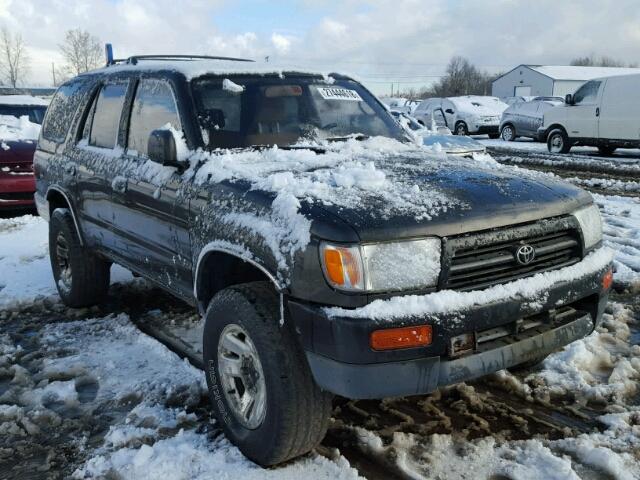
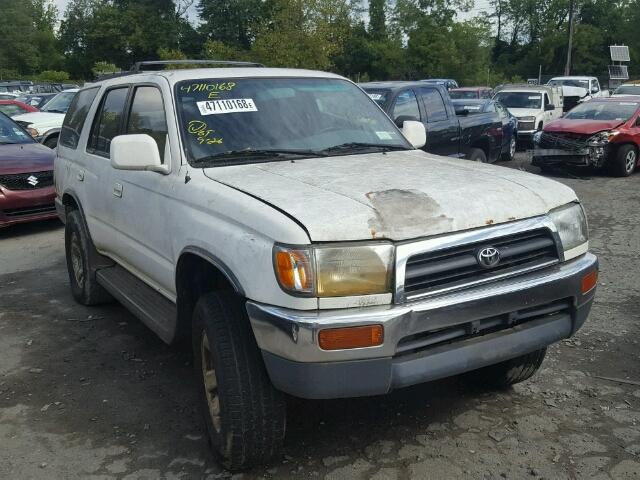
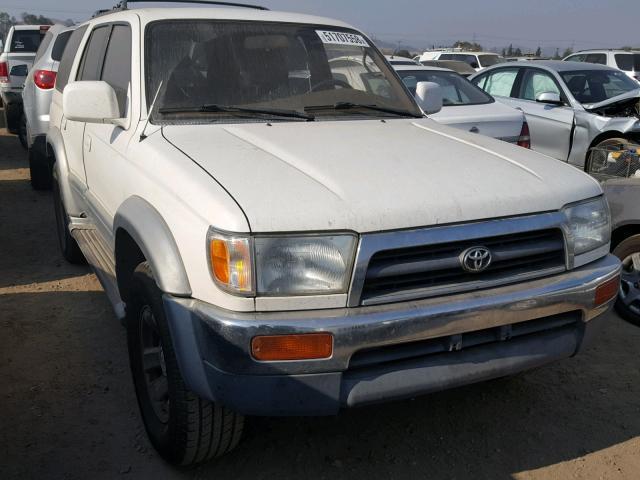
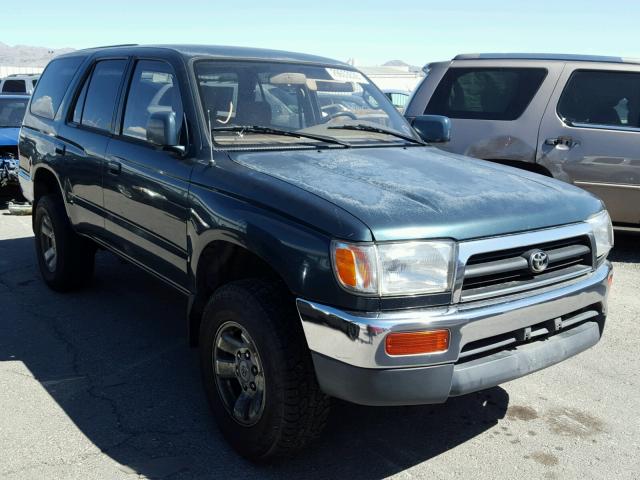
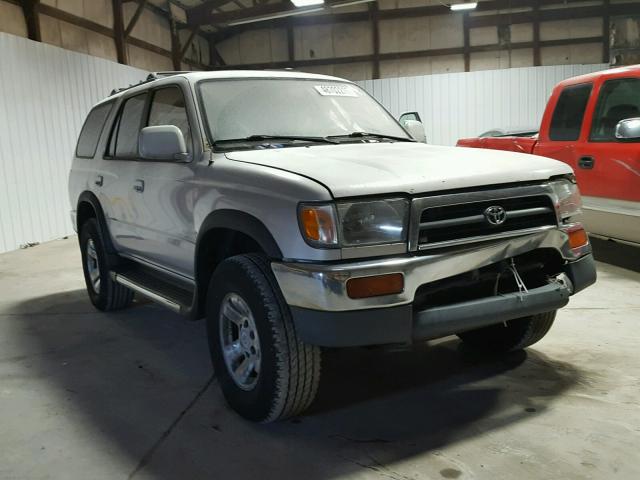
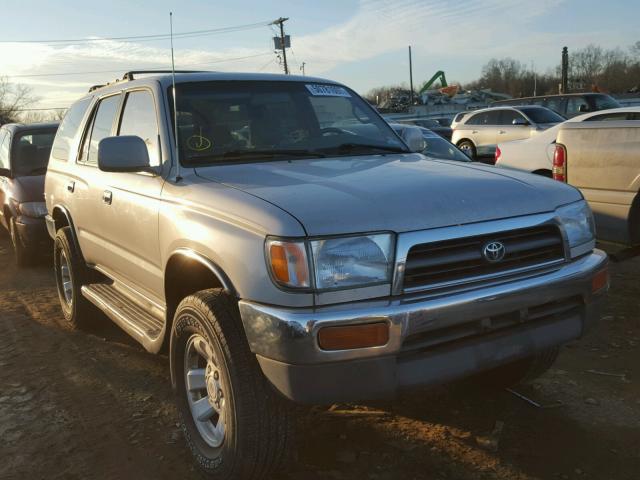
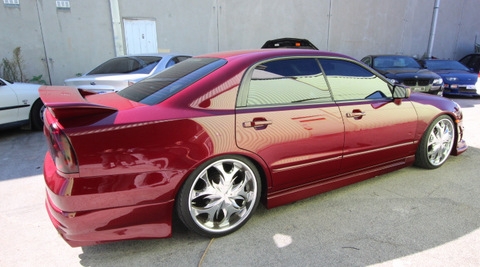
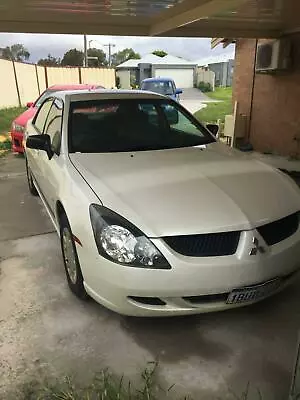
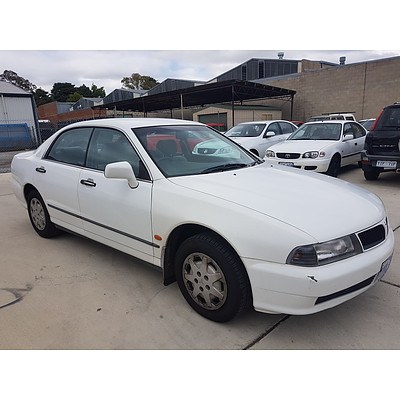
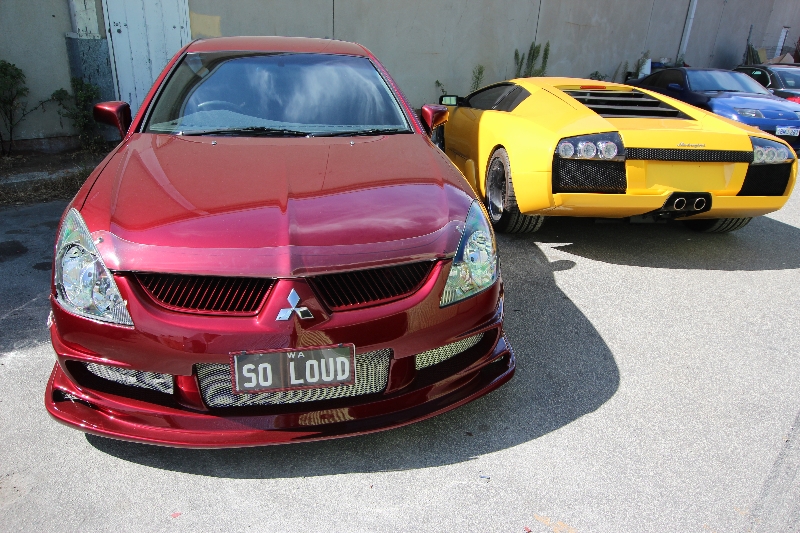
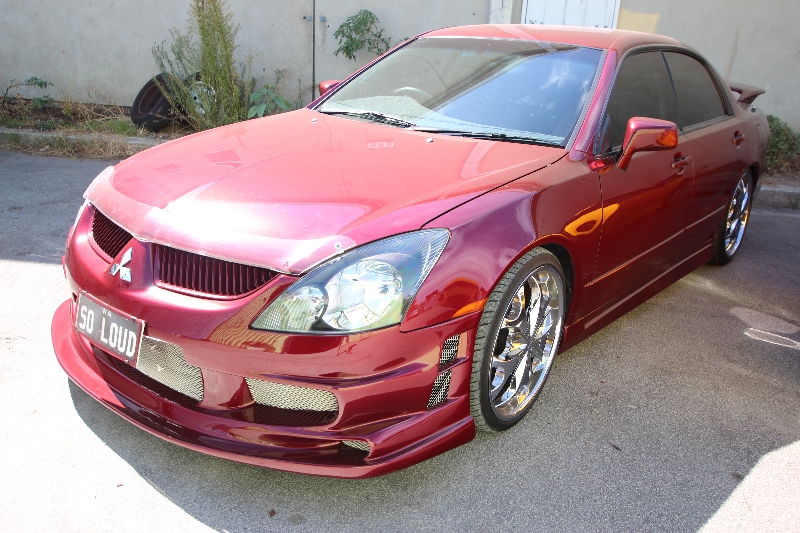
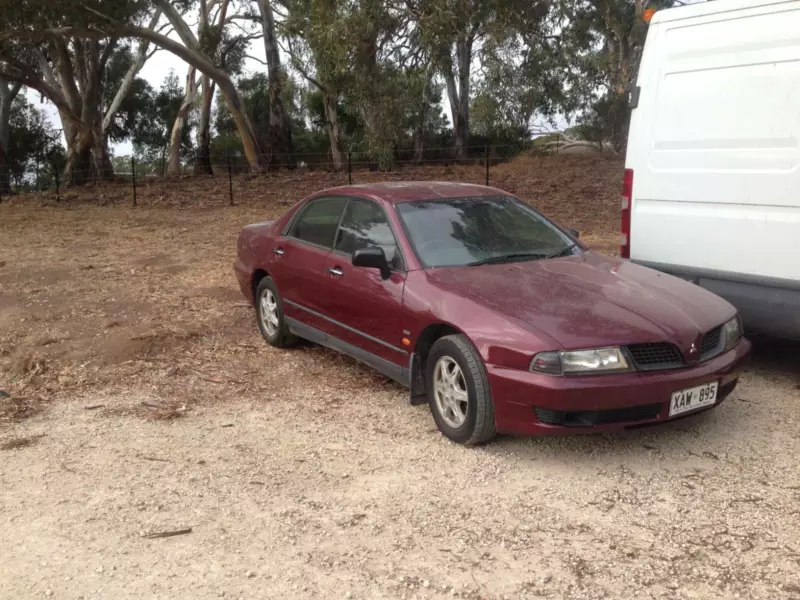
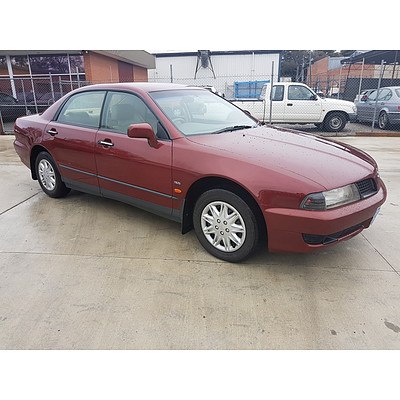 >
>